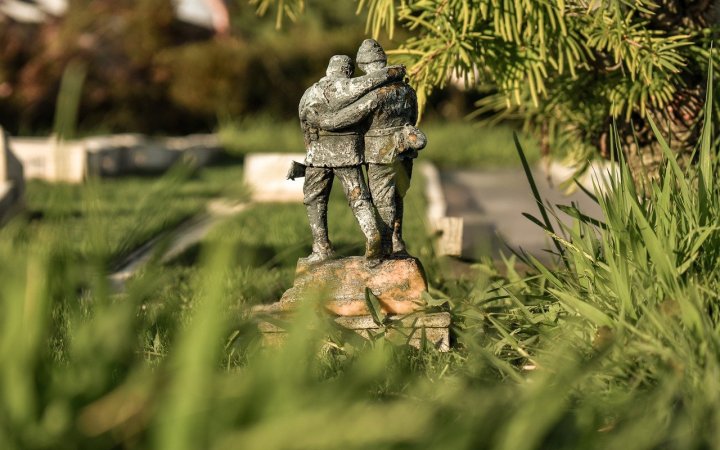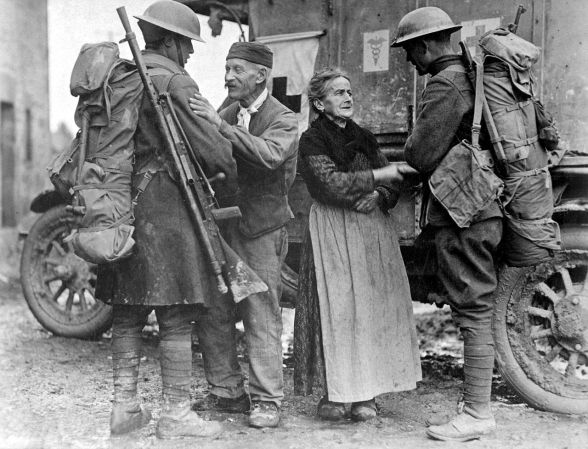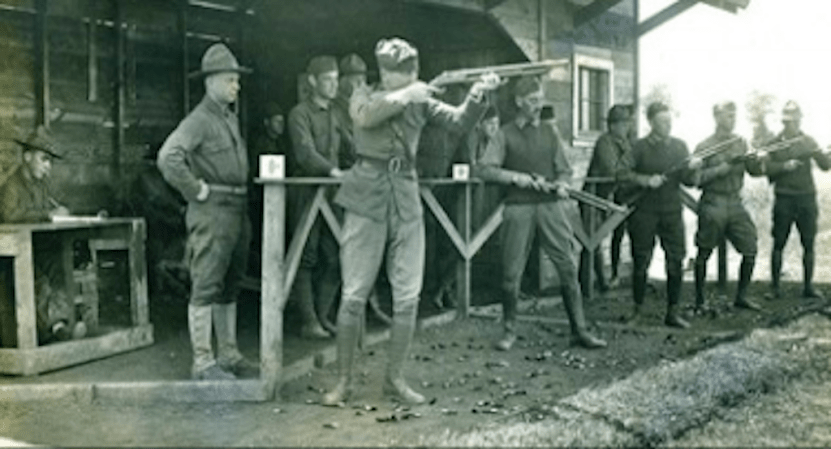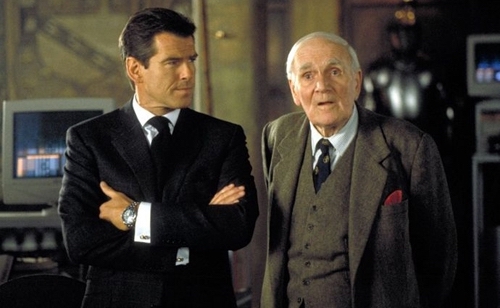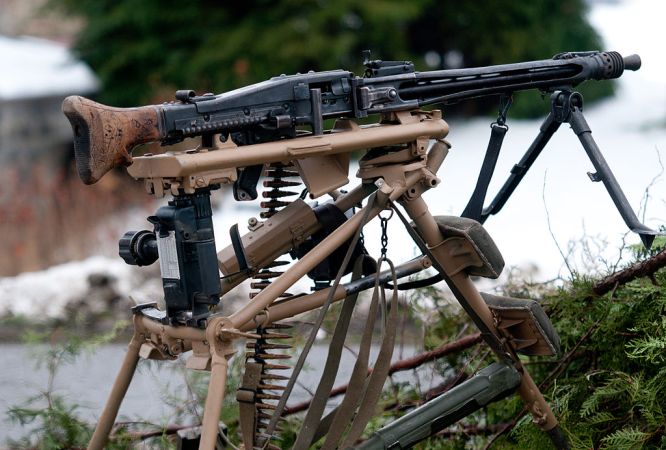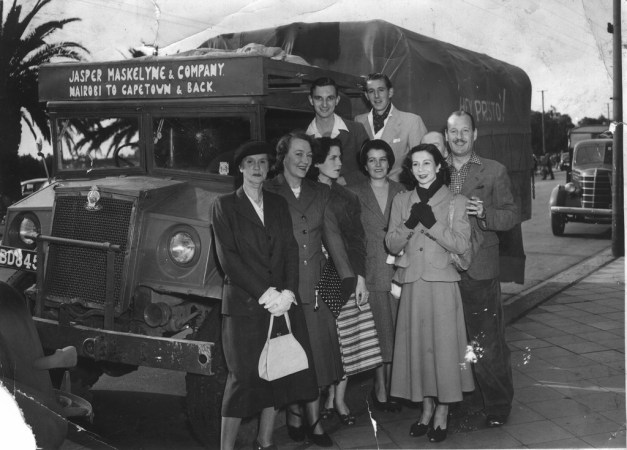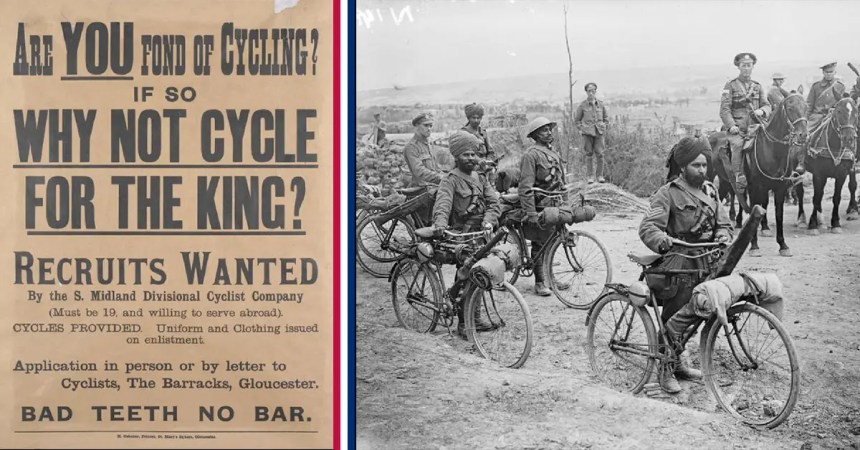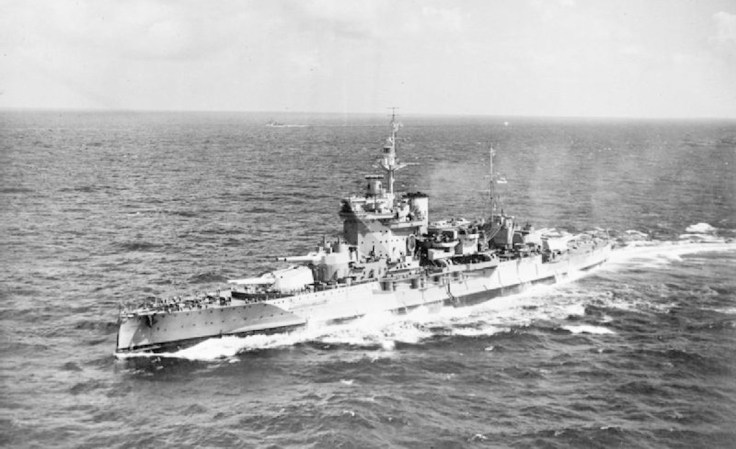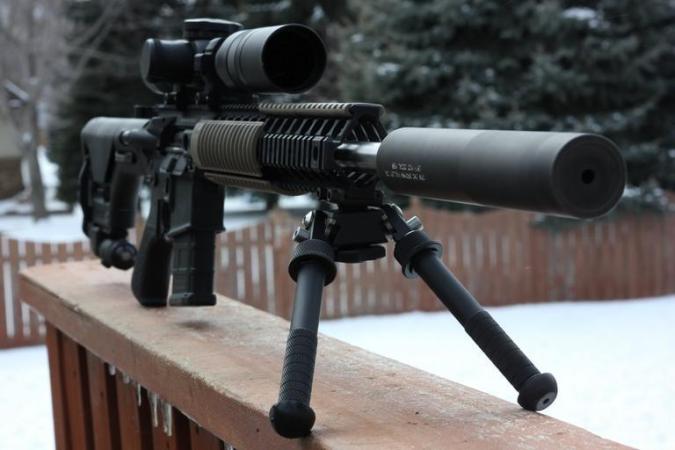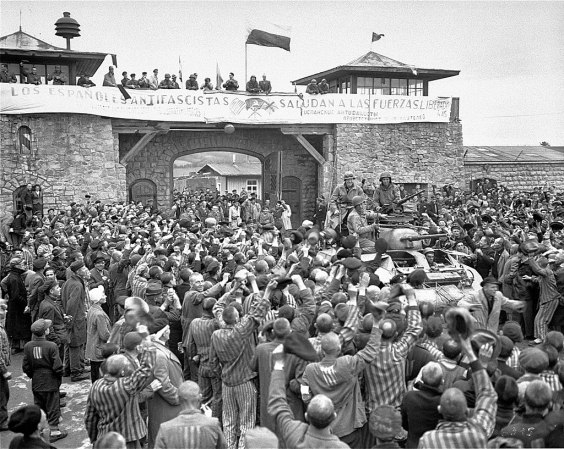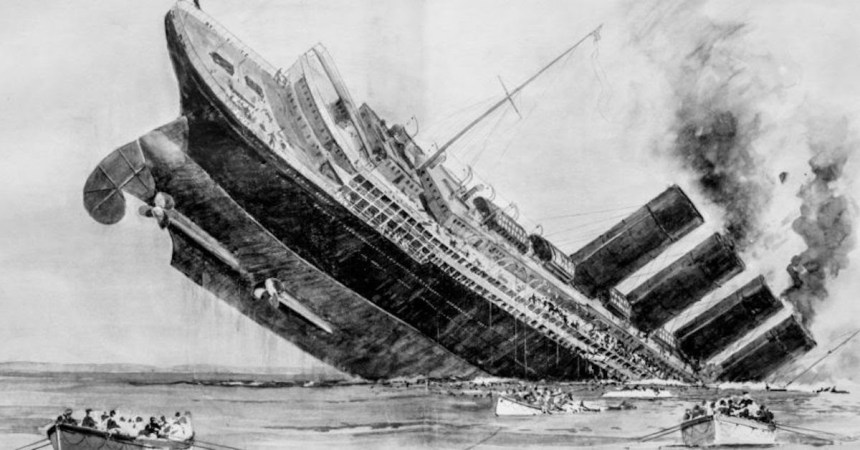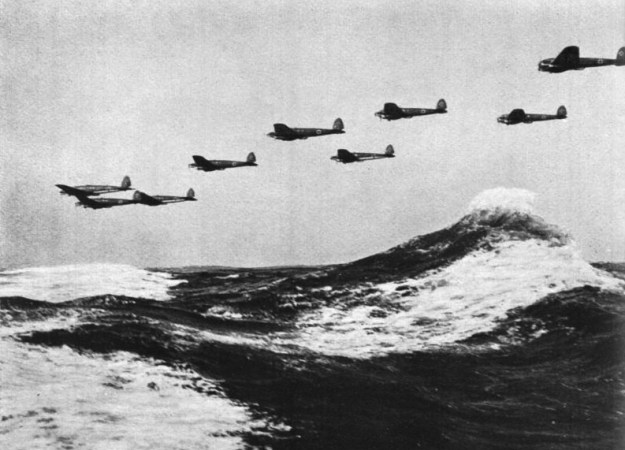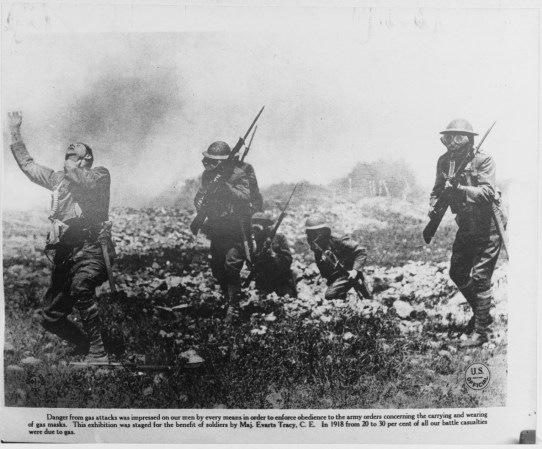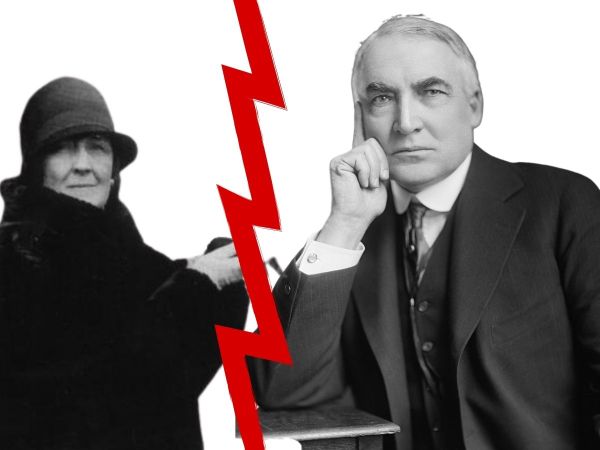The First World War was a much more fascinating age than it often gets credit for. It was a war where the old world of maneuver warfare met industrial-age killing machines for the first time and the results of this meeting were so unexpected that millions died around the world. It should have been a war to end all wars, but with humans being what they are, that was never a likely outcome.
Still, humans are resourceful and competitive, especially when it comes to getting an edge over an enemy while in the middle of a potentially existential war. Since the technological developments of the time period began to affect almost every aspect of war, from weapons to training and tactics to logistics, there was no telling what might give one side the edge over the other.
There was a stalemate spreading across Western Europe in the form of trenches and barbed wire. Nothing was off the table when it came to learning what the other side was up to. This even extended to secret underwear technology.
These days, Royal Commandos and Royal Marines are renowned for not wearing underwear to bed, lest it fill up with all the skin, liquids and other chaff the body gives off in the night. To them, it’s just not sanitary. In the early days of World War I, however, underwear was not only something everyone wanted, they wanted more and better underwear.

Sure the war kicked off in July 1914, but it wasn’t long before both sides were bogged down in a snowy, icy trench in the middle of nowhere. For some reason, German troops seemed to be weathering the cold much better than the French or British, and British leaders were determined to figure out why. Conditions were damp and chafing was a constant source of annoyance for Allied troops.
Rumor mills are a constant presence in the lives of troops from any era, and World War I was no different. Among the many, many rumors that circulated in the trenches of Western Europe was that the Germans had a significant advantage that allowed them to better weather the harsh conditions of the front: their underwear.
For anyone who hasn’t served in wartime, it may seem like a trivial bit of knowledge, but knowing that the enemy might be better supplied and was certainly more comfortable was not just a thorn in the side of Allied planners, it could also have a very detrimental effect on the morale of the Entente Powers’ troops in the field.
In the eyes of the British government, this was not only important to morale on the front lines, it was also important to discover just what exactly the German army was wearing underneath their clothes. They also needed to keep their men warm in the cold and prevent chafe in damp areas, which was almost everywhere.

In order to ascertain just how much better the enemy’s underwear technology was, the British government brought not only its intelligence service to bear, but also gave the British Army some rather unorthodox orders. The order to collect samples of enemy underwear from the Germans killed in the trenches was likely a shock to British field commanders, but they obeyed the order anyway.
One British officer recorded his thoughts during the icy cold winter of 1914 that struck Western Europe:
“We were requested to send back specimens of German army under-clothing. Paige and Babbage, most mild of garden-loving men, have to cut the clothing off with jack-knives. The frost has made it particularly difficult.”
It’s not known if the captured underwear technology made a difference in the fighting but trench warfare did bring about a number of changes to men’s fashion, including the wrist watch, which was much more practical on the battlefields of France than a pocket watch.




